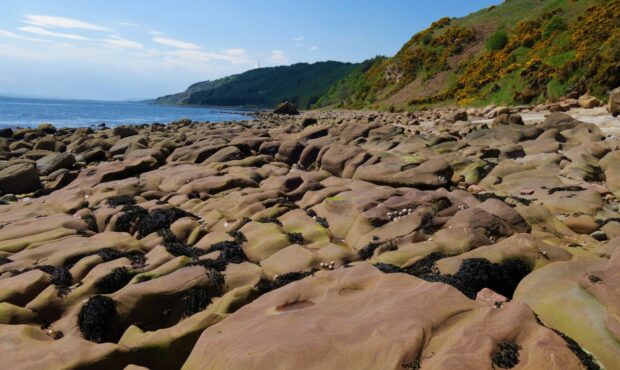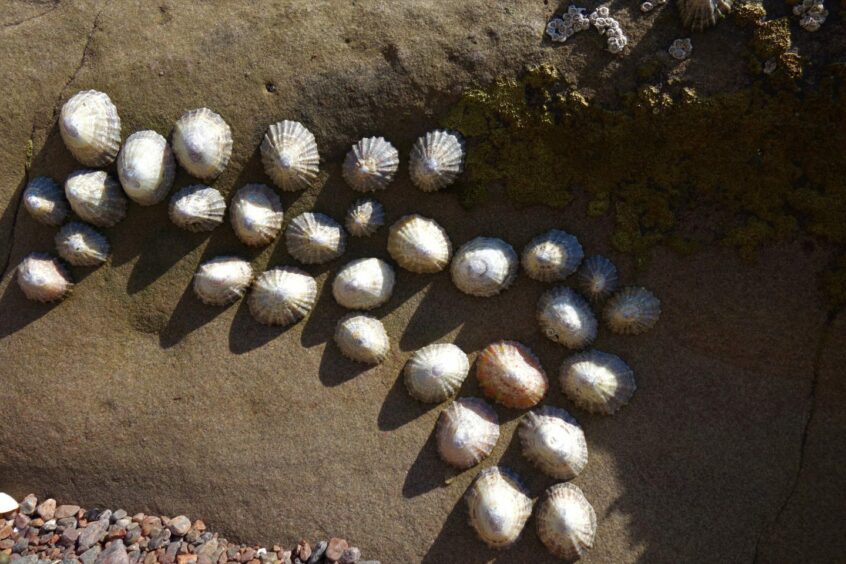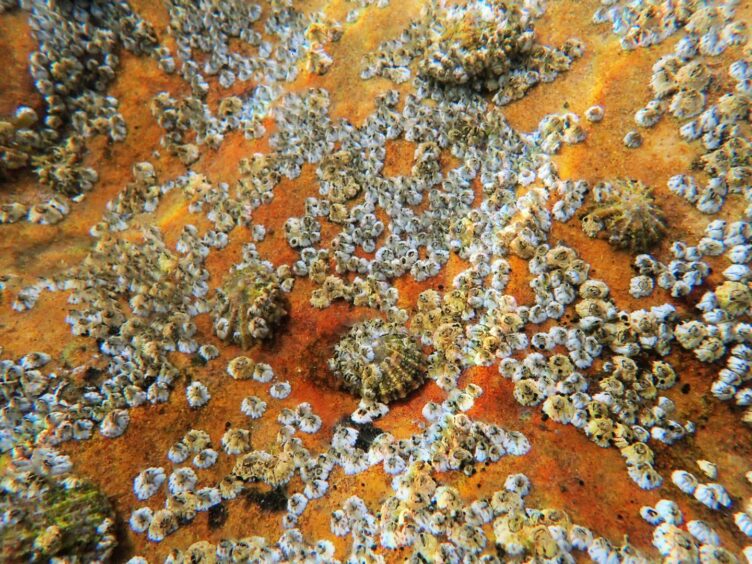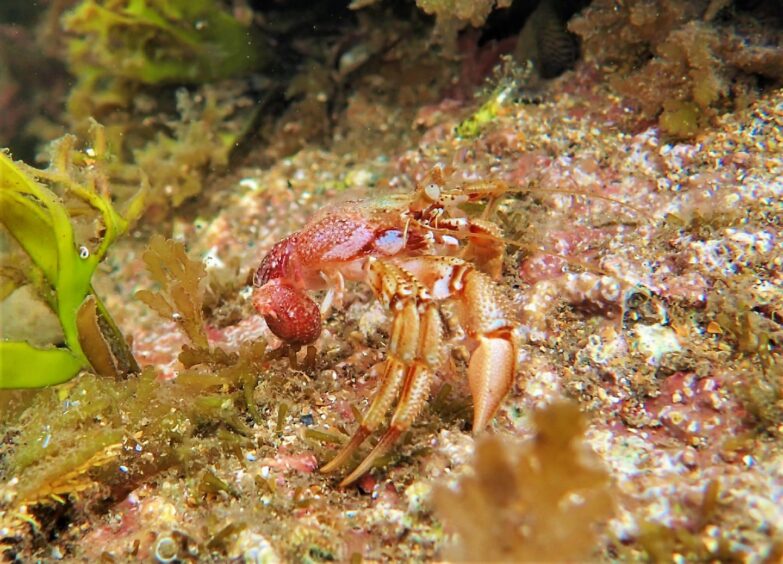The shoreline at Eathie on the Black Isle features most unusual rock formations – old red sandstone exposed on the middle shore and segmented by narrow fissures to create a roughly divided but regular patchwork of smooth hummocks, which gently slope down to the lapping waters of the Moray Firth.
This is one of the few onshore areas of Scotland where Jurassic rocks are exposed, and within their bounds lies a rich prehistoric treasure of fossilised ammonites, shellfish and plants.
The Eathie coast, which lies between Rosemarkie and Cromarty, was a place that inspired celebrated nineteenth century geologist Hugh Miller, where he spent much of his youth searching for fossils.
For me, fossils are more valuable than any antique or relict from human history, for they provide a record of past life that no longer exists, and a unique glimpse of the evolutionary processes that shaped our world.
Eathie is also a wonderful place to search for the living shore creatures of today, and among the riches found in the rockpools are shannies (a type of blenny fish) and beadlet anemones which shine like smouldering embers.
Sea anemone tentacles contain stinging cells that are used to immobilise prey and for defence. When rock pooling, I can never resist the temptation to draw my finger over these tentacles, which are sticky to the touch, a sensation partially caused by the anemone firing stinging cells in response to the probing intrusion of a finger, although they are not strong enough to penetrate the skin and be felt.
The rocks here are also covered in a multitude of barnacles and limpets. Barnacles are often overlooked, even by those with more than a passing interest in nature. This is a pity, for barnacles are among our most fascinating creatures.
They are resilient animals, which can withstand the rigours of storms without becoming dislodged from their holdfasts. Despite barnacles looking superficially similar to molluscs such as limpets, they are in fact crustaceans and relatives of crabs, lobsters and prawns. The free-swimming larvae moult several times before sinking to a rock or other structure.
Once settled, they cement themselves to the substrate, where they moult once more, creating a final body structure of chalky fused plates, with a hatch-door opening at the top, from which its modified legs or ‘cirri’ repeatedly claw at the water for food.
Hermit crabs frequent the rockpools at Eathie – curious creatures that have no shell of their own, and use requisitioned winkle and other mollusc shells for protective cover. When they outgrow their shell, it is discarded and a new, larger one is sought.
Recently, when snorkelling, I found a hermit crab that had dumped its old shell and was on the hunt for a new one.
It looked exposed and almost naked in appearance, and I felt a twang of sympathy for its vulnerable predicament, and hoped it would soon strike lucky in finding a new home before attracting the attention of a prowling cod on the look-out for an easy meal.




Conversation